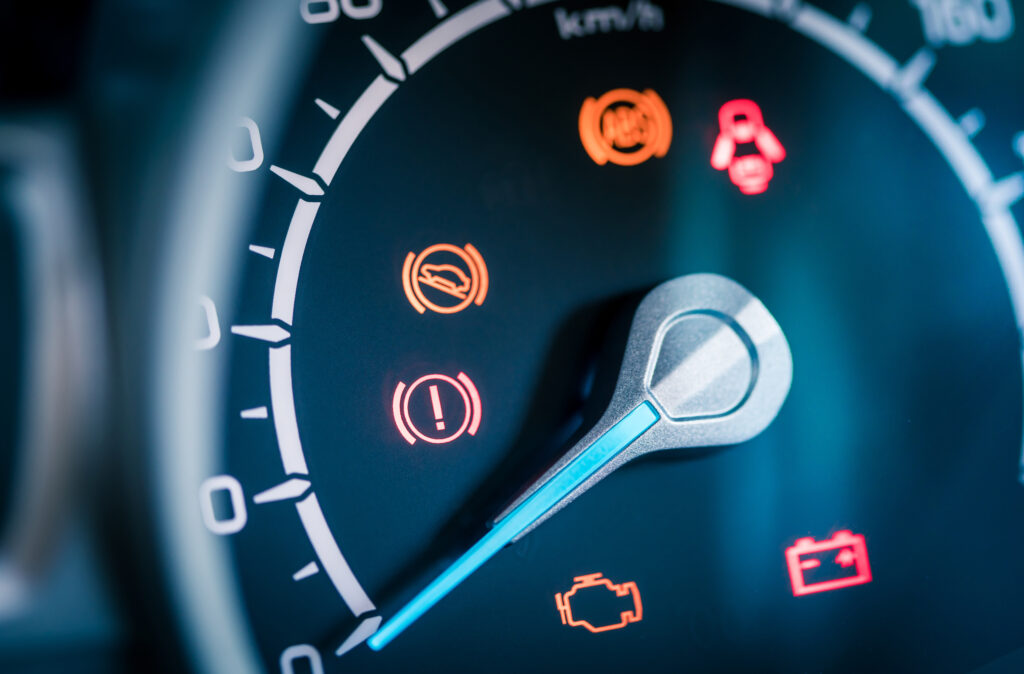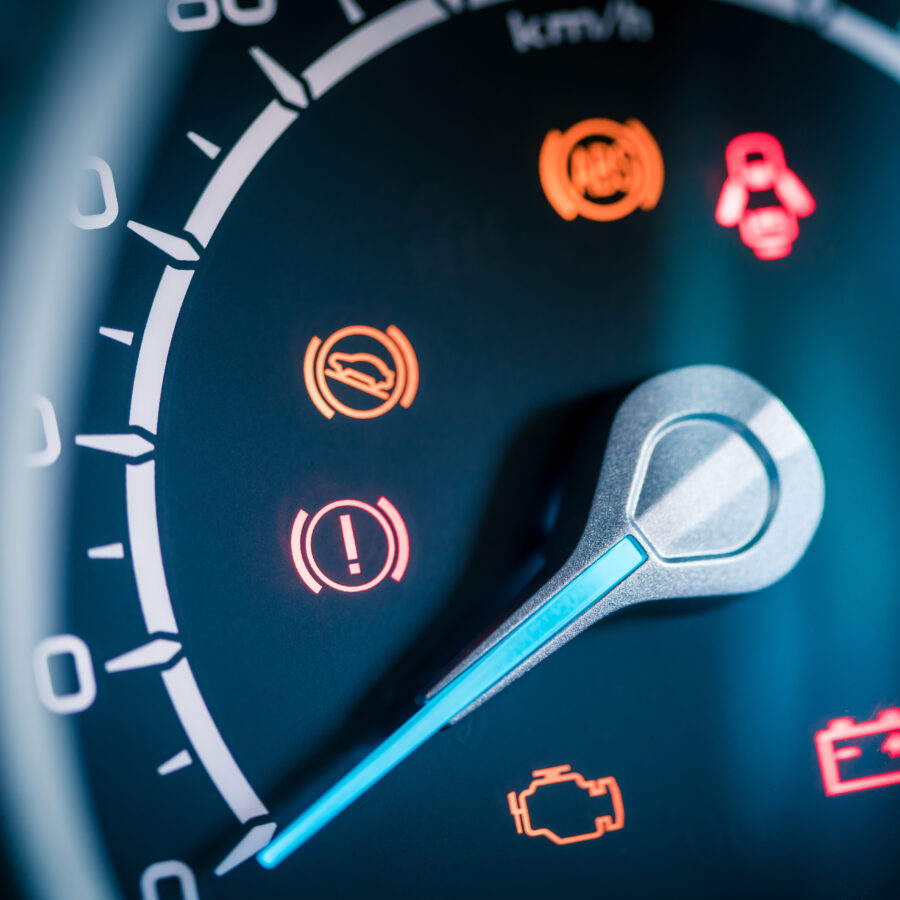In the United States, the automotive aftermarket is estimated at $257 billion. The practice of modifying a vehicle beyond the design of the manufacturer offers thousands of opportunities for functional and aesthetic enhancements to any vehicle on the market. From handicapped accessibility to flashy hydraulics, consumers are increasingly updating their vehicles to reflect their needs and desires. However, with the proliferation of technology and technicians available to perform non-standard modifications, it is becoming far too common to see safety concerns completely ignored in aftermarket modifications.
Unfortunately, aftermarket modifications are often not built to the same safety standards used by the original manufacturer. Many of these modifications are also not thoroughly tested to ensure intended functionality, putting drivers in danger.

Common Concerns with Aftermarket Parts
While the aftermarket industry is flourishing, consumers must be aware of issues that can compromise the safety of altered vehicles. One main problem is that aftermarket parts and products are often not subject to the same rigorous testing as original equipment manufacturer (OEM) parts and products. Furthermore, aftermarket part manufacturers and distributors may not be required to comply with theFederal Motor Vehicle Safety Standards (FMVSS).
Another safety issue regarding the quality of aftermarket parts is the use of weaker or less durable materials, such as molded plastic. The use of lower quality materials can contribute to malfunction of certain vehicle features before or during an accident. Ford published an engineering study on Explorers and Mustangs, finding that airbag sensors are a particular cause for concern. Airbag sensors are designed to deploy based on vibrations in the material on which they are mounted. When these materials are altered, split-second miscalculations can happen and the airbag may fail to deploy at the best possible time.
Holding the Modifier Accountable
When an accident occurs due to an aftermarket enhancement, the auto garage performing the modification may potentially be legally responsible. Alarmingly, many technicians performing aftermarket modifications may fail to consult qualified engineers or standards such as the FMVSS. Additionally, the technicians may also fail to implement quality controls or test the modifications for safety on the road.
For instance, a 2009 case filed in Oklahoma involved a young man who was tragically burned to death in a modified Ford van. The modifier in that case allegedly moved the van’s fuel tankand installed an aftermarket fuel filler pipe without either reviewing the van’s design documents or consulting an engineer. The accident causing the man’s death occurred after a malfunction in the van’s aftermarket throttle control system caused thevan to accelerate beyond the driver’s control. The van’s aftermarket fuel filler pipe was severed during the crash and the van caught fire.
Trends in Dangerous Motorcycle Aftermarket Parts
In 2008, aftermarket motorcycle parts dealer Rick Doyle investigated the safety of his parts after several broke during repairs and installation. He discovered that many of the parts on the market violated federal safety standards and the Clean Air Act, which sets standards for motor vehicle emission and fuel. Many of these products were sold—and continue to be sold—in plain sight in both stores and catalogues. These parts range from undersized mirrors and lights to high-performance exhausts.
Motorcyclist fatalities climbed steadily from 2000 to 2008, largely in part to trends that replace safety with style. It is estimated that motorcyclists are 25 times more likely to die in a crash than passenger car occupants and five times more likely to be injured.
Insurance Company Use of Aftermarket Parts
Vehicle insurance companies will often recommend the use of aftermarket parts for vehicle repair after accidents, arguing that they are of “like-kind and quality” to OEM parts. Aftermarket parts can cost up to 60% less than the same OEM parts, influencing insurance companies to encourage their use and therefore save money.
Often times, insurance plans require the use of aftermarket parts in lieu of OEM parts where state laws permit. Major lawsuits have been filed against insurance companies for requiring aftermarket parts that were revealed to be inferior. To protect consumers, 40 states have enacted laws that require specific guidelines for auto body shops and insurers. These laws define when and where aftermarket part use must be disclosed.
Insurance Company Use of Aftermarket Parts
The Certified Automotive Parts Association is a non-profit organization established in 1987 to certify the quality of automotive parts used in collision repair. To receive certification, the parts must undergo a thorough multi-step inspection. This inspection includes a detailed review of the factory and processes used to manufacture the parts. The parts are then tested by independent laboratories for fit, corrosion resistance, and component materials. When shopping for aftermarket parts, it is highly recommended that consumers verify that the new parts are CAPA certified.
Sources:
nhtsa.gov/cars/rules/import/fmvss/index.html
ohsonline.com/articles/2010/11/30/ford-questions-safety-of-aftermarket-parts.aspx
justice.org/cps/rde/xchg/justice/hs.xsl/18070_18111.htm
washingtonpost.com/investigations/some-after-market-motorcycle-parts-dont-meet-safety-or-environmental-standards-experts-say/2012/05/26/gJQAgQezsU_story.html?socialreader_check=0&denied=1


